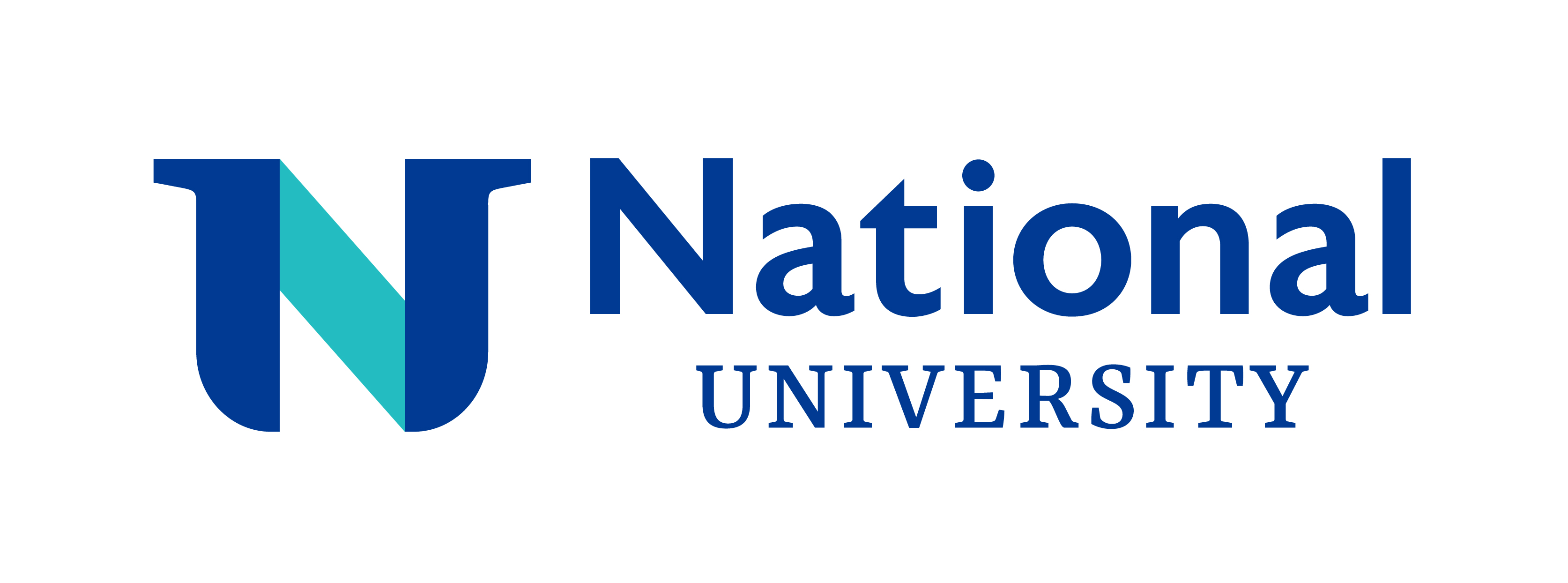TEDX1881X - Reading Fundamentals #1
Course Description
| Course Description |
|---|
Reading Fundamental supports the concept of using scientifically-based reading research to develop an effective approach to reading assessment, instruction, evaluation, and remediation.
An Introduction to Scientifically-based Research, the first in the three-course Reading Fundamentals series on effective reading instruction, was designed to give background on scientifically-based instruction as it applies to the federal legislation of 2001, 2004, and 2015. The course discusses the research that supports scientifically-based research as it applies to effective instruction, assessment, and evaluation. The course explores myths and misconceptions concerning reading instruction and remediation. It also presents an evaluation checklist designed to assess the effectiveness of your current reading program. The goal of the course is to present you with research, trustworthy evidence, and background information that support the need for a reading program that is based on scientific research and proven methods.
The No Child Left Behind Act requires that teachers be qualified to teach reading. They must have a working knowledge of scientifically validated instructional programs and practices. According to Kilpatrick (2003), the most critical part of the Act was that there must be an increase in teachers’ knowledge of the scientific process under which instructional programs are evaluated. (Note: A summary of this legislation regarding the use of scientifically validated, evidence-based instructional materials appears in Course 2.)
According to Moats (1999, 2007), research should guide the teaching profession. Unfortunately, teachers are not adequately trained in research methodology in their pre-service programs. An interesting phenomenon is present in teacher preparation programs. Undergraduate students are rarely required to take research methods or statistics courses. Contrast this with the situation of undergraduates in psychology. Psychology undergraduates are typically required to take research and statistics courses. The interesting aspect of this difference is that students in teacher preparation programs are highly likely to be accountable for the academic progress of students in their classrooms once they become teachers. In comparison, psychology students will likely be much less accountable for the progress of individuals in their charge (e.g., direct care services such as group homes, residential facilities). In other words, if we compare the responsibilities of education college students with those of psychology college students, the students who would be most in need of training in the scientific process (e.g., data-based decision making) would be those preparing to be teachers.
| Learning Objectives |
|---|
- Describe what is meant by critical thinking.
- Explain what science is and illustrate the six scientific principles.
- Explain the myths and misconceptions ofscience, anddescribe the ways in which we gain information.
- Describe the impact science has had on medicine, clinical psychology, and education.
- Illustrate the constraint levels in educational research.
- Explain the difference in assumptions regarding the sources of variability, the type of logic approach, and the ability to generalize results between experimental group research and single-case research.
- Describe the concepts of reliability and validity and trustworthiness or believability of measures.
- Explain what is meant by variability, including the sources of variability.
- Describe the termsinternaland external validity, and explain the threats to each.
- Illustrate the different research designs/methods (i.e., experimental, single-case, causal-comparative, correlational, and qualitative).
- Describe the importance of replications and illustrate the types of replications.
- Describe what is meant by the termresearch synthesis.
- Describe the difference between evidence-based and research-based practices.
| Prerequisites |
|---|
There are no prerequisites.
| Notes |
|---|
As a student you will be expected to:
- Complete all six information sections showing a competent understanding of the material presented in each section.
- Complete all six section examinations, showing a competent understanding of the material presented. You must obtain an overall score of 70% or higher, with no individual exam score below 50%, to pass this course. *Please note: Minimum exam score requirements may vary by college or university; therefore, you should refer to your course addendum to determine what your minimum exam score requirements are.
- Complete a review of any section on which your examination score was below 50%.
- Retake any examination, after completing an information review, to increase that examination score to a minimum of 50%, making sure to also be achieving an overall exam score of a minimum 70% (maximum of three attempts). *Please note: Minimum exam score requirements may vary by college or university; therefore, you should refer to your course addendum to determine what your minimum exam score requirements are.
- Complete a course evaluation form at the end of the course.
| Estimated Time of Completion |
|---|
30 Hours
| Access Time |
|---|
365 Days
| CEU / PDU Outcomes |
|---|
3.0 CEUs
For Additional Information Visit: https://www.virtualeduc.com/html_syllabus/RF1/RF1_UP3_syllabus.htm








